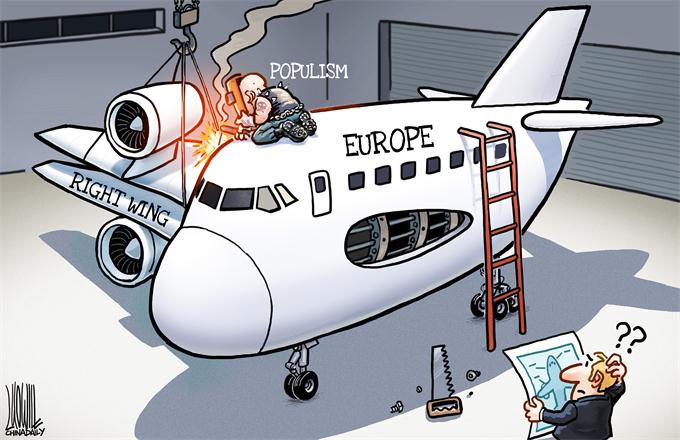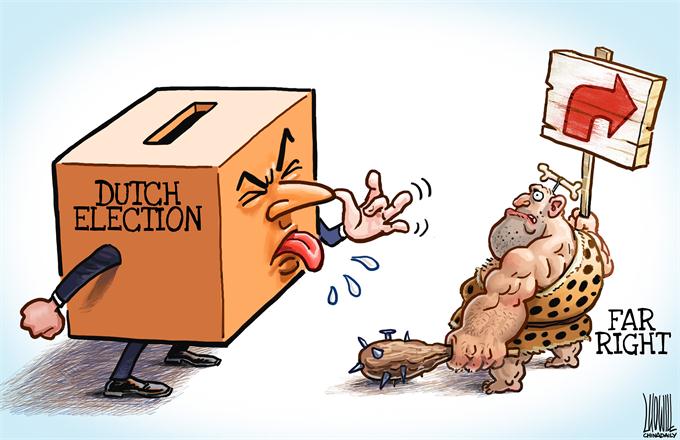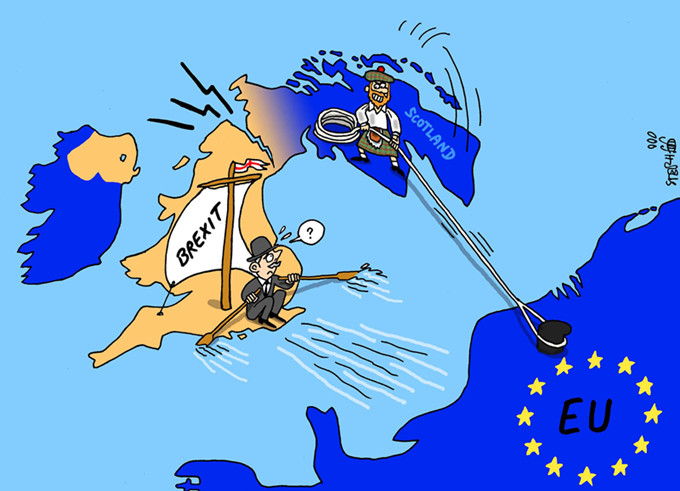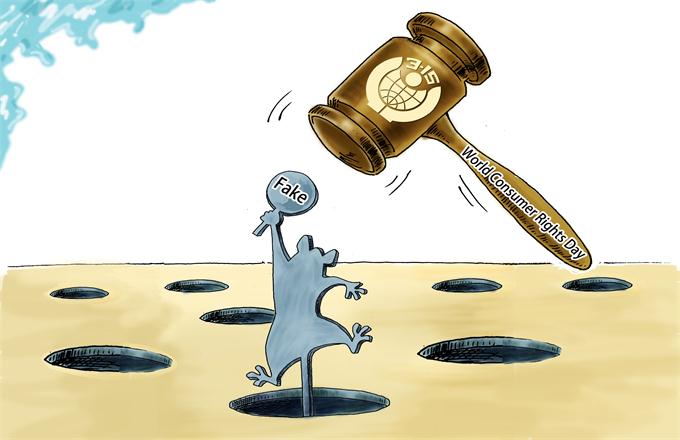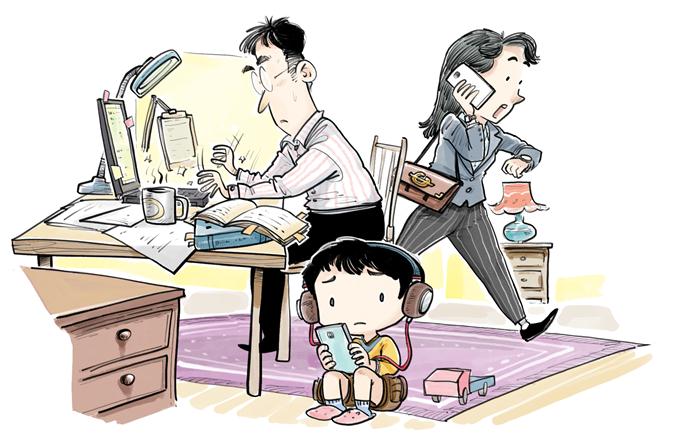China is redefining the free trade in Asia Pacific

During his campaign, President-elect Donald Trump embraced a protectionist stance on trade issues and called the US-led Trans-Pacific Partnership (TPP) a "disaster". More recently, he has pledged that the US will quit the TPP on his first day in the White House.
Last weekend, the members of Asia-Pacific Economic Cooperation (APEC) summit, which accounts for almost 60 percent of global economy, made it clear that they would move forward with trade pacts with or without the US.
After years of cumbersome, secret and contested TPP talks, China is redefining the terms of free trade in Asia Pacific in a matter of days.
Since 2010, the Obama administration led talks for a significantly expanded TPP, which would reflect US alliances in Asia and Latin America but exclude China. These TPP talks were an integral part of Obama's "pivot to Asia".
After the US election, some TPP partners – including Japan and Mexico – have sought to push a revised TPP without the US, before Trump can tear up the agreement.
Still others are taking another look at the China-led Regional Comprehensive Economic Partnership (RCEP), which reflects the interests of emerging ASEAN, but has a slower implementation schedule and humbler goals. It includes the ASEAN member states, and their FTA partners (Australia, China, India, Japan, Korea and New Zealand).
Toward free trade in Asia Pacific
While US pivot to Asia has stressed military aspects, China's approach focuses on economic development. Since 2013, President Xi has been promoting commercial ties with Latin America during trips to Mexico, Argentina, Brazil and Venezuela.
Aside from Peru, he has now visited Chile and Ecuador, which are both TPP parties. Since 2007, Ecuador's President Rafael Correa has prioritized closer relations with Beijing, while Chilean Foreign Relations Minister Heraldo Muñoz has said that "protectionism, disbanding and isolation are not solutions to the unrest of citizens."
China's quest is also seconded by Peruvian President Pedro Pablo Kuczynski who would support an Asia-Pacific trade accord that includes China and Russia if the US pulls out.
Even Australia has now thrown its weight behind China's effort to pursue new trade deals in Asia Pacific. Trade minister Steven Ciobo says Canberra would support the Free Trade Area of the Asia Pacific (FTAAP).
Beijing's push for an Asia-Pacific free trade area has been more active since fall 2014 when I predicted that, as a more inclusive and open plan, it had potential to achieve real free trade in the region.
The Obama Administration rejected the FTAAP for the geopolitical TPP, which would have imposed an Iron Curtain scenario on Asia Pacific. In contrast, the FTAAP would better serve as a foundation for regional talks.
Ironically, the failure of the exclusive TPP may pave way for truly inclusive free trade in Asia Pacific.
Dr Steinbock is the founder of the Difference Group and has served as the research director at the India, China, and America Institute (USA) and a visiting fellow at the Shanghai Institutes for International Studies (China) and the EU Center (Singapore).
The opinions expressed here are those of the writer and don't represent views of China Daily website.





